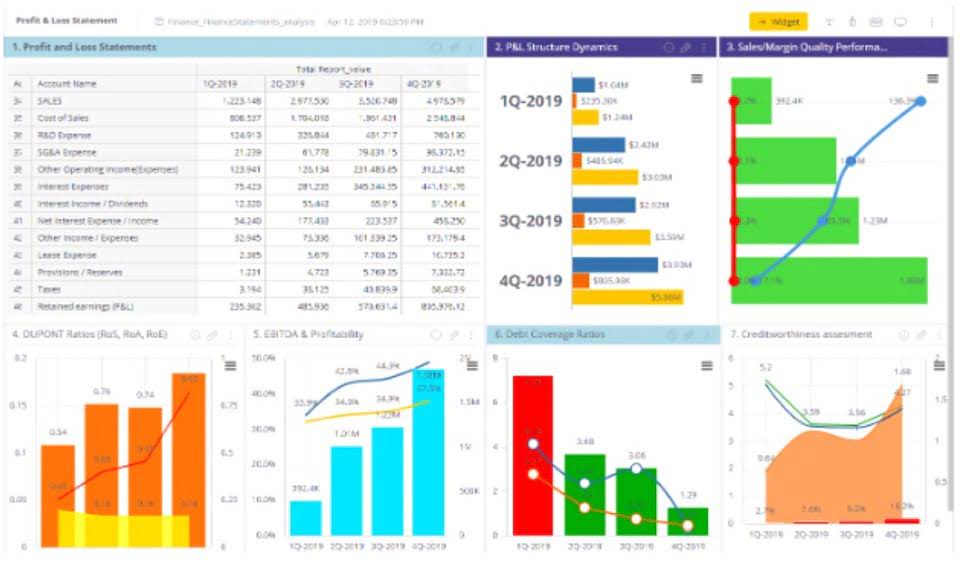
In this scenario, every stockholder receives additional shares from the firm’s free reserves, but the total market value of the company stays the same. The company’s lack of cash flow is the primary cause of the stock dividend. Although shareholders will perceive very little difference between a stock dividend and stock split, the accounting for stock dividends is unique.
A reverse stock split is the opposite of a forward stock split. A company carrying out a reverse stock split decreases the number of its outstanding shares and increases the share price proportionately. As with a forward stock split, the market value of the company after a reverse stock split remains the same.
These retailers have different earnings outlooks for 2024.
A small stock dividend is one in which the number of shares issued is less than 25% of the total number of shares outstanding before the dividend. A journal entry for a small stock dividend transfers the market value of shares issued from retained earnings to paid-in capital. Large stock dividends are defined as those in which the number of new shares issued exceeds 25% of the total number of shares outstanding before the pay-out. In this circumstance, the par value of the shares issued is shifted from retained earnings to paid-in capital. From both the investor’s and the company’s perspectives, when a stock dividend is paid, the total value of equity remains the same.
- Conceal the large profit distribution as with the stock split, per share earnings fall.
- If the event is a stock split, there is no change in either Retained Earnings or Common Stock, only a decrease in par value and an increase in the number of issued and outstanding shares.
- For example, an investor owns 100 shares of ABC at $80 per share for a total cost of $8,000.
- As always, investors shouldn’t buy the stock after a dividend record date in the hopes of receiving the related dividend.
- They’re also hoping the stock splits, which can significantly reduce the price per share and increase investor interest, which can in turn substantially increase their investment.
- Those other equities aren’t necessarily a better value, but casual investors sometimes make that assumption.
Stock dividends are recorded by moving amounts from retained earnings to paid-in capital. A small stock dividend (generally less than 20-25% of the existing shares outstanding) is accounted for at market price on the date of declaration. A large stock dividend (generally over the 20-25% range) is accounted for at par value.
Main Differences Between Stock Dividend and Stock Split
Most investors are more comfortable purchasing, say, 100 shares of a $10 stock as opposed to 1 share of a $1,000 stock. So when the share price has risen substantially, many public companies end up declaring a stock split to reduce it. Generally, a company gives two kinds of dividends https://www.bookstime.com/articles/different-types-of-accounting to its shareholders – cash dividends and stock dividends. A cash dividend is one in which the company distributes a definite amount of money to each shareholder for each share owned. On the other hand, a stock dividend is obtained from distributable equity in the form of stock.
The payment is intended as a reward to shareholders and is made with the assumption that the stock price will continue to rise and the stockholders will reap the rewards. Oppositely, Stock Split is another action which the company takes, in which the number of shares held by a shareholder gets multiplied. In this, what exactly happens is that the company does not issue any shares, rather the outstanding shares are split or divided into stock split vs stock dividend a definite ratio. For example, in a reverse one-for-five split, 10 million outstanding shares at $0.50 cents each would now become 2 million shares outstanding at $2.50 per share. In another interesting case, the company might split the stock to hide its profit. For instance, if a company has an extra 100 shares and makes a profit of $100,000, If it declares a 20% dividend, the person will receive $100 in shares instead of cash.
Breaking Down Stock Splits
The stock dividend has the advantage of rewarding shareholders without reducing the company’s cash balance. It’s crucial to keep in mind that the owner is in the same situation as previously. They will possess more shares, but each share will represent a lesser fraction of the company’s ownership. The stock’s price may rise as it gets more accessible and more individuals can trade it.
They also are a reward for holding the stock rather than selling it. A company may issue a stock dividend rather than cash if it doesn’t want to deplete its cash reserves. If Company X declares a 30% stock dividend instead of 10%, the value assigned to the dividend would be the par value of $1 per share, as it is considered a large stock dividend. This would make the following journal entry $150,000—calculated by multiplying 500,000 x 30% x $1—using the par value instead of the market price. Suppose Company X declares a 10% stock dividend on its 500,000 shares of common stock.